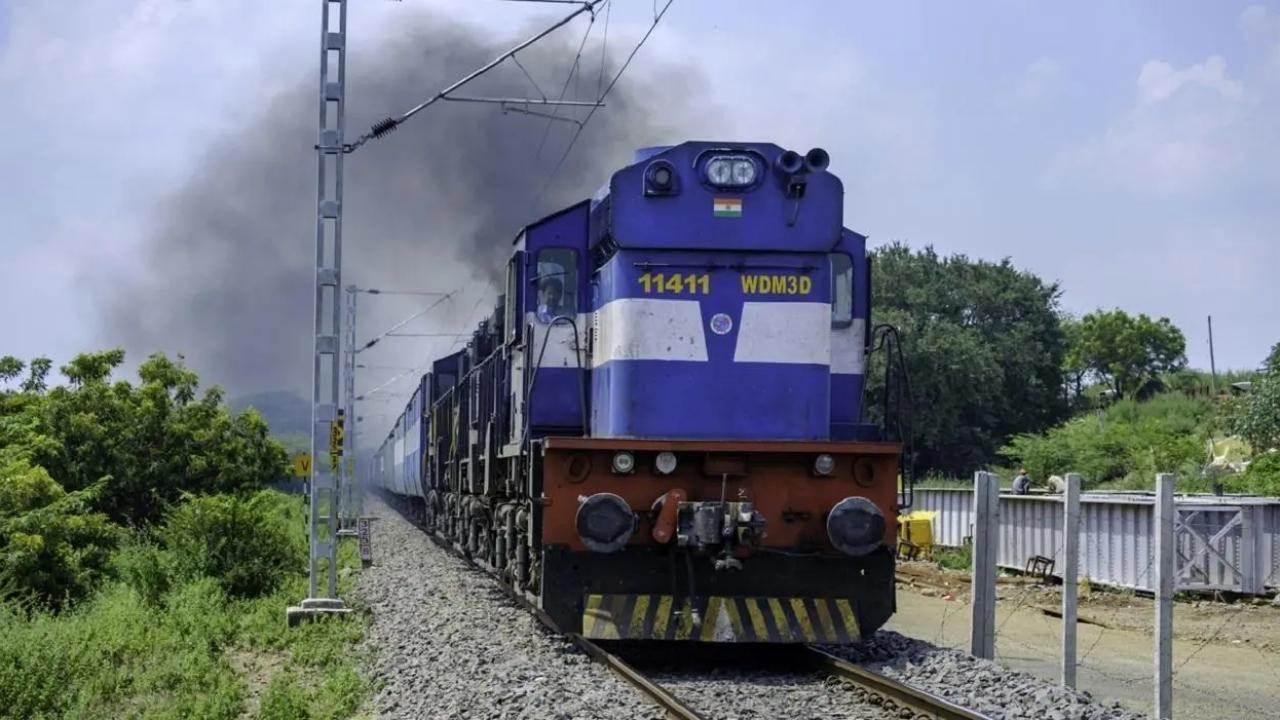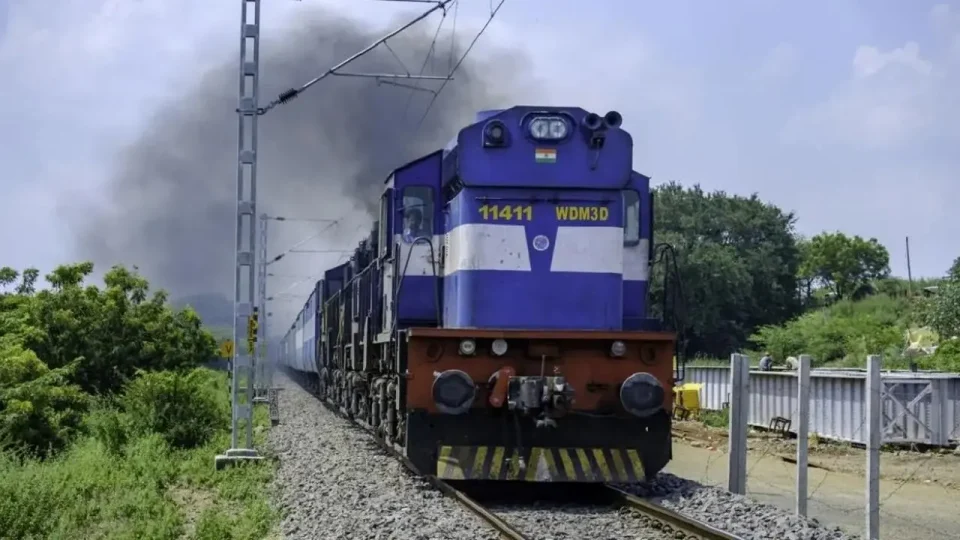
Indian Railways runs 13,198 trains ferrying 189 lakh passengers every day. A single incident puts the focus on railways, subjecting it to massive public scrutiny and media trials. Post any major accident, the inquiry reports are seldom made public and pushed under the carpet of the Commissioner of Railway Safety, technically falling under Ministry of Civil Aviation headed by a former railway officer, but a toothless body in reality. The real cause of the incident is limited to the railway circles.
In such a scenario, any proven safety gadget added to the mechanism will remain massively helpful, even if it is a drop in the ocean. The latest is the commitment by the Western Railway team to install all its locomotives (passenger and freight) with a CCTV equipped monitoring and recording system similar to the black box technology used in the aviation sector.
It remains a welcome move. It will not only record trespassing incidents and other suspicious movements on tracks but also what went on moments before a collision or accidents. Its analysis will pinpoint the cause of the incident. With more high-speed trains on the network, the technology becomes more of a necessity now.
However, there have been objections and suggestions by trade unions to this, which cannot be bypassed. One of the first concerns is the privacy and that loco pilots handle a very stressful job and are overworked. Also, they have their own means of coping. Other issues include the fact that they can’t have food while driving (required in case of longer 100+ km journeys), the pressure of being watched throughout their work hours, and the chance of footage being misused by senior officials to target loco pilots. Trade unions are also upset about not being consulted before doing all this. The latest version of the black box, I think, addresses a few of these concerns. Firstly, the recording and footage of inside and outside the cab remain offline, so it will be pulled out and examined only in case of incidents for investigation. Secondly, they are being installed en masse on all engines across Western Railway, not limiting them to any particular route or division, ingraining a work culture for the job.
The railways could, however, look up and fix the genuine issues raised by loco pilots about the conditions of engines to give it all a fair play. Some issues include upgrading cab interiors and cab ergonomics to accommodate for long work hours, improving wiper quality, insulating diesel cabs for noise and heat, sealing cab floor to prevent dust from tracks entering cabs, converting cabs into air-conditioned ones, cleanliness and filling up of vacancies.
The safety culture with flight data recorders has been cultivated in the aviation industry for more than half a century and it is high time now the Indian Railways adopts it universally for safety and scientific investigation of train movements.
Rajendra B. Aklekar is a Deputy City Editor at mid-day

